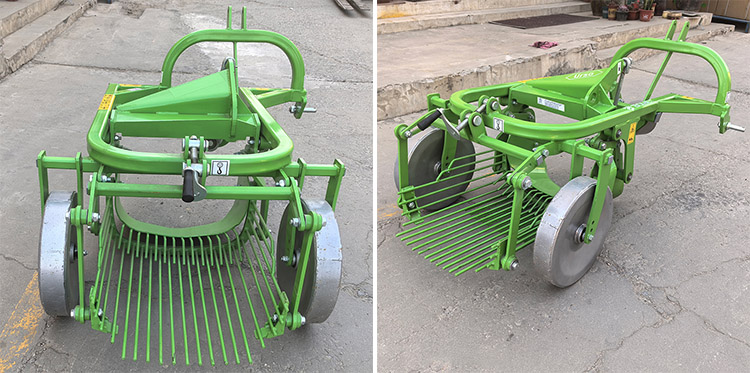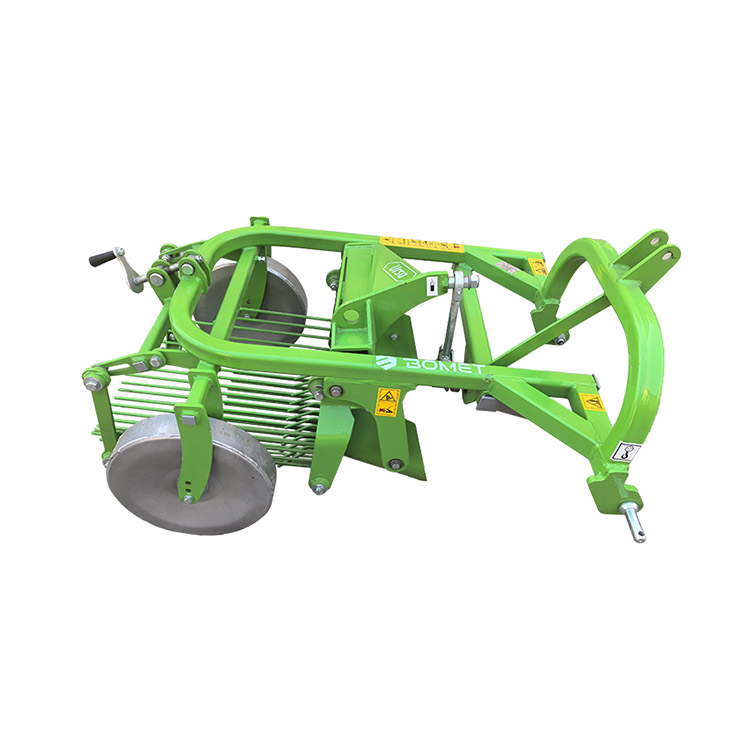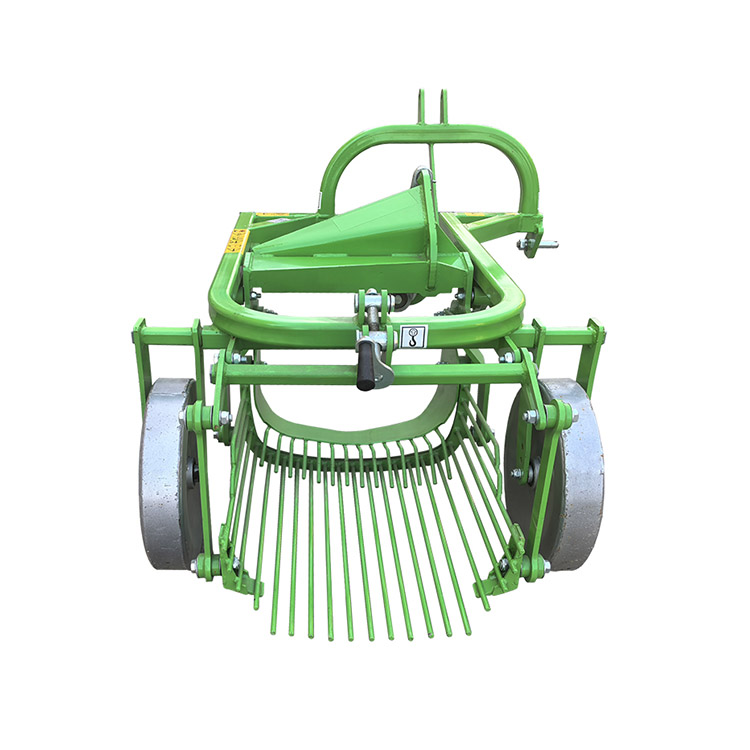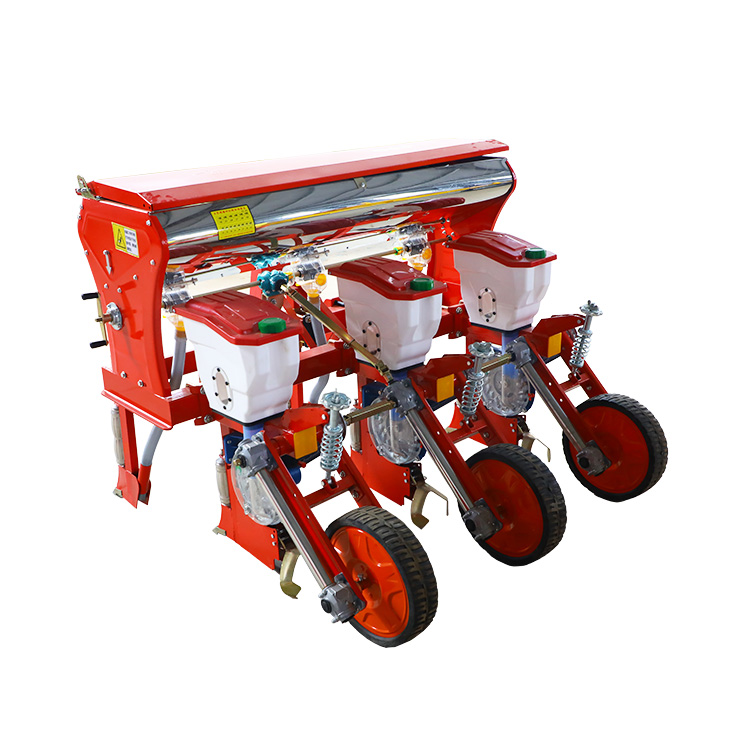
 English
English  Español
Español Português
Português русский
русский Français
Français 日本語
日本語 Deutsch
Deutsch tiếng Việt
tiếng Việt Italiano
Italiano Nederlands
Nederlands ภาษาไทย
ภาษาไทย Polski
Polski 한국어
한국어 Svenska
Svenska magyar
magyar Malay
Malay বাংলা ভাষার
বাংলা ভাষার Dansk
Dansk Suomi
Suomi हिन्दी
हिन्दी Pilipino
Pilipino Türkçe
Türkçe Gaeilge
Gaeilge العربية
العربية Indonesia
Indonesia Norsk
Norsk تمل
تمل český
český ελληνικά
ελληνικά український
український Javanese
Javanese فارسی
فارسی தமிழ்
தமிழ் తెలుగు
తెలుగు नेपाली
नेपाली Burmese
Burmese български
български ລາວ
ລາວ Latine
Latine Қазақша
Қазақша Euskal
Euskal Azərbaycan
Azərbaycan Slovenský jazyk
Slovenský jazyk Македонски
Македонски Lietuvos
Lietuvos Eesti Keel
Eesti Keel Română
Română Slovenski
Slovenski मराठी
मराठी Srpski језик
Srpski језик
- Boom Sprayer
- Air Blast Sprayer
- Lawn Mower
- Wheel Rake
- Land Leveler
- Fertilizer Spreader
- Manure Spreader
- Seeder Machine
- Agricultural Machinery Transmission Shaft
- Plow
- Automatic Roll Tube Sprayer
- Gear Pumps
- Hydraulic Valve
- Bundled Straw Net
- Tractor Flail Mower
- Seedling Killing Machine
- Rotary Rake
- Rake Sun
- Ridging Machine
- Rotary Tiller
Tractor-mounted Potato Harvester
Send Inquiry
The tractor-mounted potato harvester is mainly used for digging root and stem crops such as potatoes, sweet potatoes, and carrots. It separates the tuberous parts from the soil, allowing the potatoes to detach from the roots and reach the ground for easier collection. This is achieved through the PTO transmission of the tractor, using vibration screens to vibrate and separate the soil and the tubers. The soil falls through the gaps of the vibration screen, while the potatoes remaining on the screen are shaken down onto the land behind.
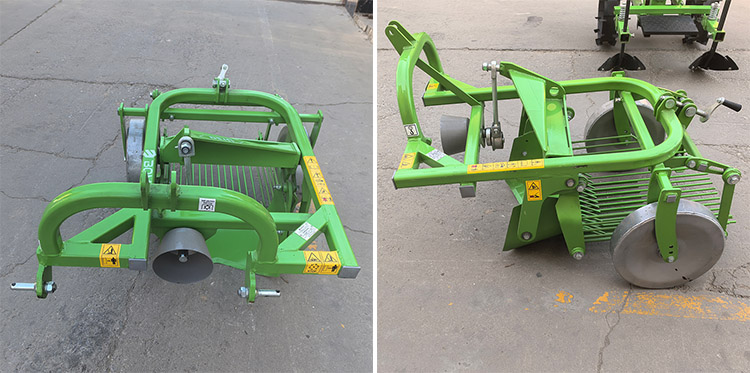
The tractor-mounted potato harvester uses high-strength manganese steel forged blades, following the principle of earth loosening by earthworms. The depth can be adjusted according to one's own needs.
The operation threshold is low. A single person can complete the control tasks. This can effectively address the pain point of labor shortage.
The harvested crops have no chemical residues and can be directly packaged upon emergence, reducing the loss from secondary cleaning.
Key components such as the cutter disc, screen mesh and bearings can be easily disassembled, making the process of maintenance and repair very convenient.
Technical Maintenance and Storage
1. After each operation, remove dirt from all parts of the machinery.
2. Check the fasteners at all parts. If any are loose, tighten them promptly.
3. Check if all rotating parts are functioning smoothly. If not, adjust and eliminate the problem promptly.
4. When the machinery is not in use for a long time, it should be protected from rain and avoid contact with acidic substances to prevent corrosion. The blades should be oiled!
Can the potato harvester installed on a tractor be used for harvesting other crops?
It depends on whether this potato harvester supports modular adjustment. Our tractor-mounted potato harvester does support modular adjustment. The digging depth, screening system and other key components can all be adjusted, so it can be adapted for the harvest of root crops such as sweet potatoes and carrots; however, non-specialized models may have limitations in terms of efficiency, damage rate or adaptability, and parameters need to be adjusted or the structure modified according to the specific characteristics of the crops.
